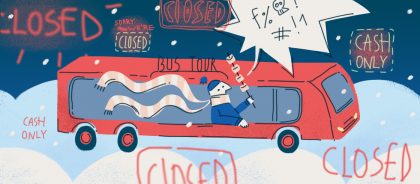Assume you can go cashless
Just a few years ago, it was a bit of a nightmare trying to pay without cash in Berlin. Since then, the situation has improved markedly. An increasing number of outlets now accept bank cards, including contactless ones. Further, Android Pay and Apple Pay were finally launched at the end of last year after much waiting (though shop assistants continue to look surprised when you want to pay for goods by swiping the terminal with a smartphone).
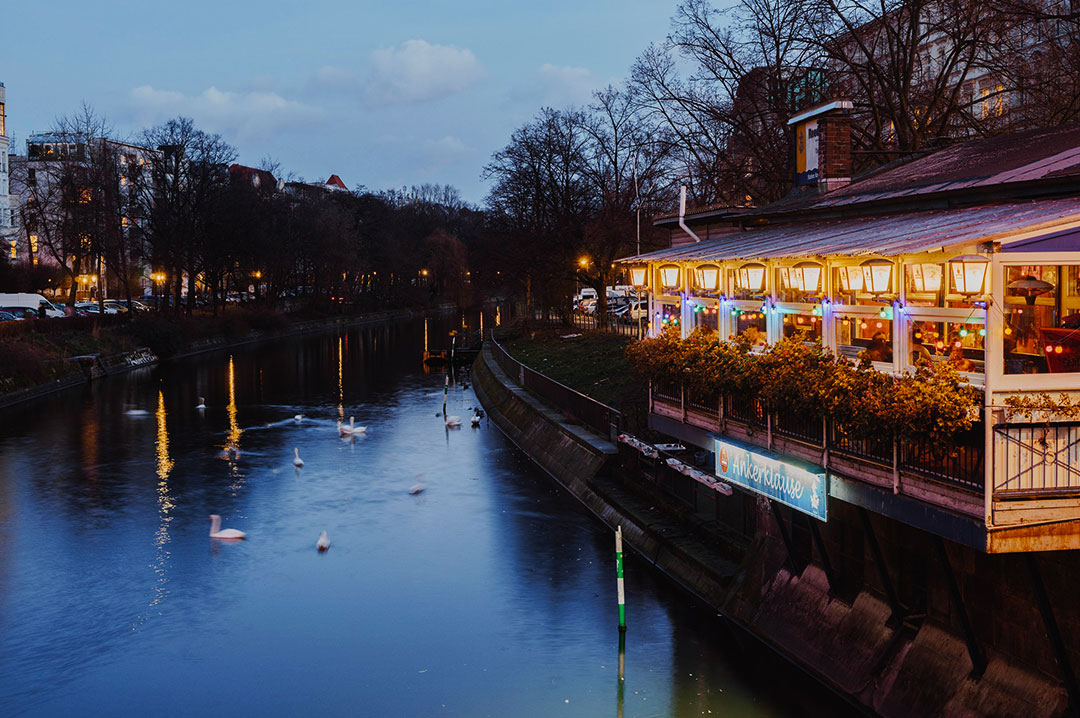
Nevertheless, bear in mind that even today you still cannot pay by card in many places, while others require a minimum size for cashless payments. Imagine you grab a coffee only to be told the minimum check for cards is €10. So make sure you have some cash on you, too.
Note I’m not just talking about small establishments on the edge of the city but also some restaurants and coffee houses in the main tourist districts.
Visit during the winter
If you visit in the winter you risk not fully appreciating Berlin. Unlike many European cities that boast great visibility and bright lights, Berlin is poorly lit. This is caused by the best of intentions: excess artificial light has a nasty impact on the birds, so the city authorities decided to light the city as little as possible — just the little that was needed to allow people to get around. Their feathered friends are happy, but the tourists and the locals less so.
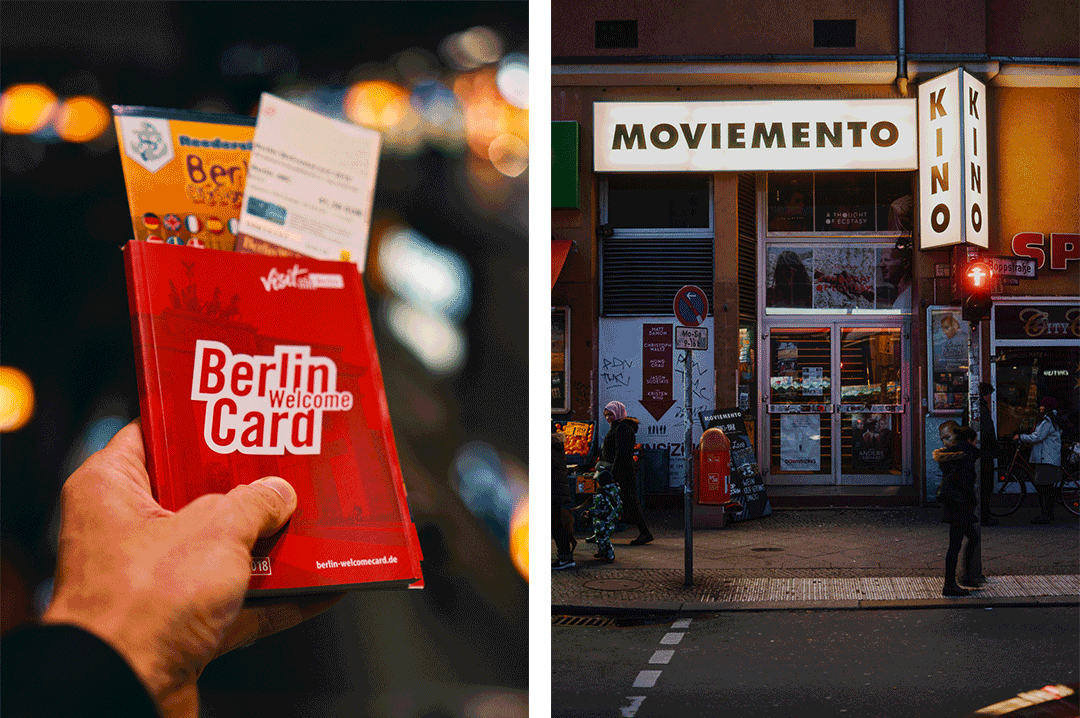
The local government recognizes the problem and agrees that the streets are too dark and they have to do something about it. It’s not just that the number of streetlamps is insufficient, but also that many of them were erected over forty years ago and don’t provide enough light. Due to the dark, which in winter becomes noticeable around 15:00-16:00, you won’t see much walking around town, meaning that you’ll have less time to take in the city’s sights.
The only possible exception in the winter season is December when you will encounter a number of Christmas fairs and the city is decorated in festive illuminations.
So, when’s the best time to go?
Well, a great time to visit Berlin is when the sakura (Japanese cherry trees) blossoms, which is around April. The city is transformed when this happens. Sakura first appeared in Berlin in 1990, when Japanese TV company TV-Asahi, inspired by the reunification of Germany, announced a campaign to raise funds to buy as many sakura nursery plants for Berlin and the state of Brandenburg as possible. The Japanese were so enamored by this idea that they donated 140 million yen (around one million euros). Thanks to these funds, 10,000 trees were planted in Berlin and Brandenburg as a whole over the following twenty years. The sakura now blossoms in many locations, but it was initially planted where the Berlin Wall ran. As a result, sakura became a symbol of the country’s reunification and renewal.
You can admire the blooming trees in Treptower Park, by Lohmühlenbrücke Bridge in Neukölln, in Hochbaumstrasse Street in Steglitz, and in the district of Kollwitzkiez in Prenzlauer Berg. 1,100 trees stand where Berlin borders the Brandenburg town of Teltow, which were also separated by the Berlin Wall. The street with sakura is now named “Cherry Alley-TV-Asahi” (TV-Asahi-Kirschblütenallee). Another 1,434 trees are located in a park in Lichtenberg called Landschaftspark Nord-Ost.
Take the tour bus
Hop-on Hop-off tour buses appear at first glance to be an excellent way to discover the city: you only have to buy a ticket once, and after that, you can get on and off these buses as much as you like (the ticket price starts at €19.40). This saves you time, and you will be sure that the bus will stop by the city’s main sights.
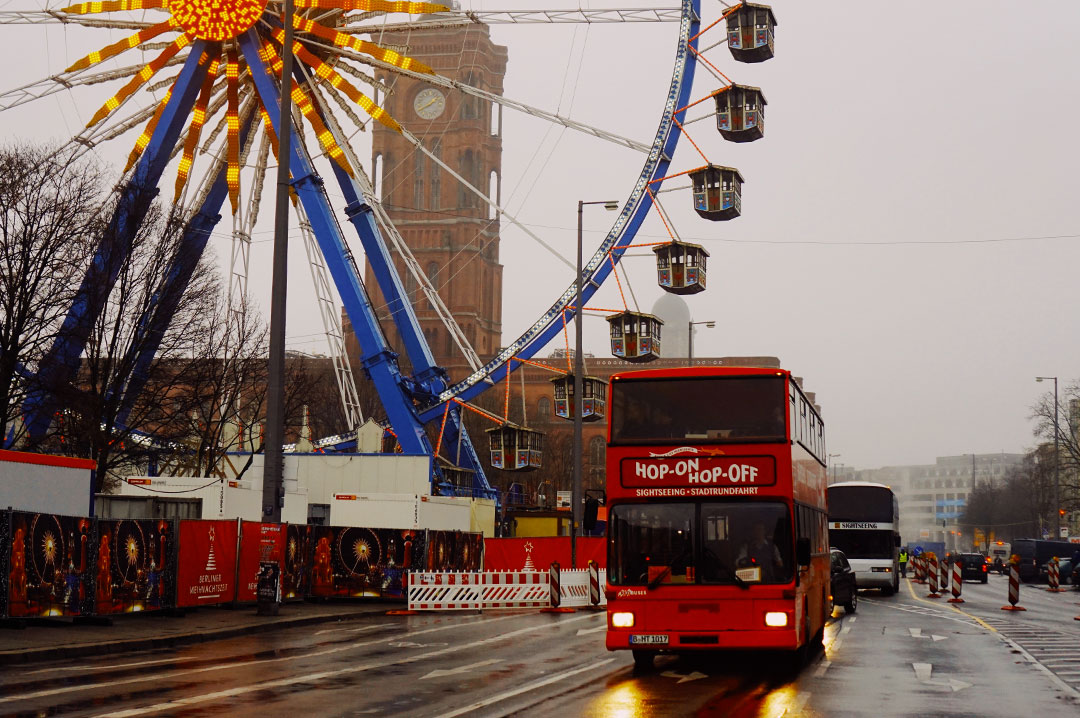
However, Berlin also sports city buses numbers 100 and 200 that equally deserve the title “tour buses.” They follow the same route that all tourists can be expected to travel: Berlin Zoo, Tiergarten, the Reichstag and the Brandenburg Gates, Berlin Cathedral and Alexanderplatz. A but the trip will cost you €2.80, around one-seventh of the price of an official tour bus! This ticket is valid for two hours and you can get on and off without limitations. Check out this website to compare the bus routes of buses 100 and 200 and then pick the most appropriate one.
Postpone shopping until Sunday
Nowhere follows the rule that you mustn’t work on Sundays as strictly as Germany. Here this is a law in the most literal sense. Just about all shops are banned from opening on the last day of the week. And while you can purchase something to eat in Berlin on Sundays in ordinary food outlets, at train stations, gas stations or Späti (little shops selling the bare essentials that are open at weekends and until late), you can forget about the pleasures of shopping. Therefore, make sure you buy everything else earlier.
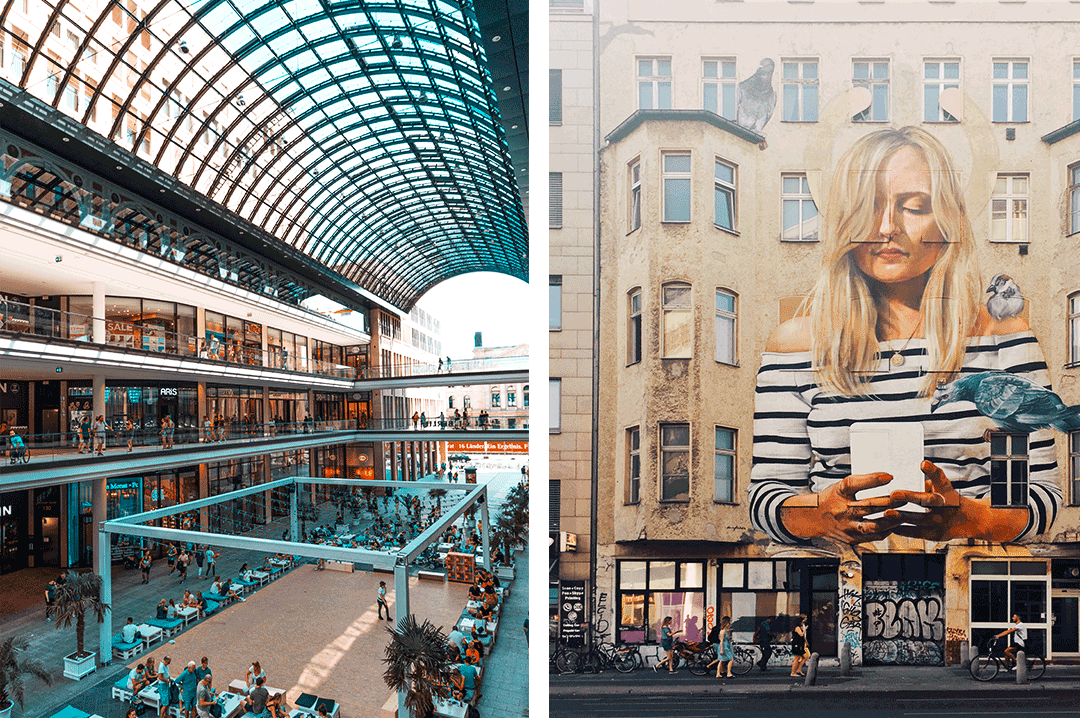
Actually, there are exceptions to this rule: shops in Berlin open on Sundays eight times per year. This happens on key dates when a multitude of tourists descends on the city: before the Berlinale, Berlin’s International Travel Trade Show or in the run-up to Christmas. To find out which Sundays are “open for business” in 2019, take a look here.
Ignore the bicycle
Much has been done in Berlin to make it easy for you to travel around by bike. So if the weather allows, be sure to take a cycle ride. Sometimes this is even easier and faster than taking public transport. And you don’t even have to ride alone – you can sign up for a cycle tour (for example, a Berlin Wall excursion or exploring street-art). The price of a standard tour varies from €20 to €30.

There are several bike-sharing networks in Berlin (Lidl, Deezer and Donkey Republic, while Uber’s electric bike rental service Jump is also being rolled out), but the most convenient choice for tourists is the Mobike network. These orange bikes are ubiquitous: 20 minutes on a Mobike will set you back just €1. For a longer trip, it’s best to rent a bike. You can do this, for example, at a reasonable outlet called Berlin on Bike (Knaackstraße 97) in Prenzlauer Berg. 24 hours will cost you €10.
View the city from the TV tower
One of Berlin’s symbols is the Fernsehturm TV tower on Alexanderplatz. Travelers enjoy ascending to the top and admiring a panoramic view over the city. However, there are plenty of other locations from where you can observe Berlin from up on high while avoiding the swarm of other tourists. Moreover, a ticket to the tower will set you back €16.50, and you will still have to wait in a queue at that price (even if you purchase your ticket online), as the number of people allowed at the top at once is limited. To reach the top without queuing, you will have to fork out €21.50.
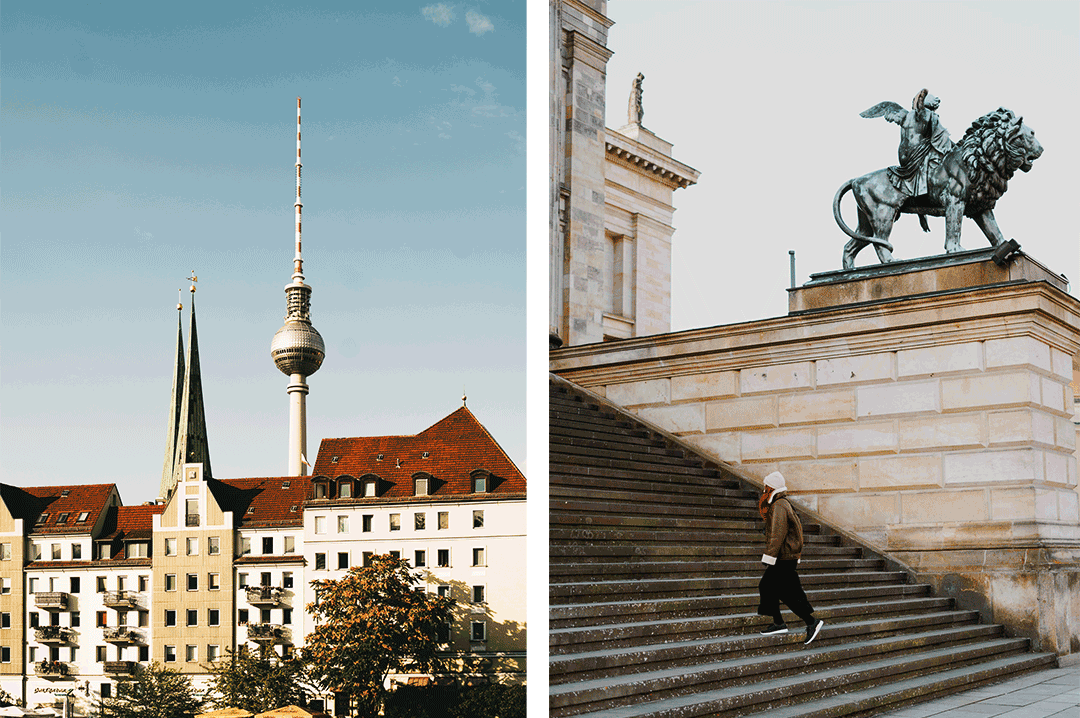
You can admire the city from the Victory Column in Tiergarten (Siegessäule) for just €3 or even for free from Viktoriapark. As you climb up the hill a beautiful view of Berlin will open before your very eyes. Also, take a look in Monkey Bar (Budapesterstraße 40) for the cocktails and views over Berlin Zoo and nearby districts. By the way, this bar was named after its famous toilets with transparent walls through which you can view marmosets living in the zoo (and they see you too… yeah, right…).
Take public transport without a ticket
Berlin public transport seems to have everything in place for you to travel for free: no turnstiles upon entry as the ticket only needs to be punched before you get on the train. However, this temptation is best avoided, as if you get inspected you risk a fine of €60. Moreover, traveling for free is classified in Germany as a crime. And don’t travel for free by accident either: many people forget that although their ticket is valid for two hours, this only applies to travel in one direction. You cannot return on the same ticket.

Travelers can acquire day passes for €7 or the Berlin Welcome Card for several days, which is intended for tourists. This gives you discounts for a number of sights and museums, as well as walking and bike tours around the city. A 48-hour card costs €20.
What about the airport?
Note that Berlin Schönefeld Airport is located in Berlin’s third zone, so if you want to travel there you need a ticket with zones ABC.
Eat currywurst in a restaurant
Currywurst is a dish whose fame extends far beyond Berlin but which was invented in the city. It first appeared in 1949, and in 1959 the sauce’s recipe based on ketchup and curry powders was patented. There is even a museum dedicated to the product in Berlin (Deutsches Currywurst Museum), while sausages and potatoes with the famous sauce can be tried in any part of town.
However, don’t think that the only authentic currywurst will be served to you in a restaurant. This is a common mistake, as currywurst is simple street food originally contrived as fast food. Hence you should eat it as fast food, and there are plenty of outlets in Berlin for that.
How much should you pay?
The price varies from €2 to €4. This dish is hard to improve or ruin, so feel free to try it anywhere. One of the best-known outlets is Konnopke’s Imbiß (Schönhauser Allee 44B), which has been owned by the same family for four generations.
Wait two hours in a queue for a kebab
Speaking of Berlin fast food, we can’t forget their legendary kebabs. The most important and best-tasting kebab in town, in the view of many, is to be found at a modest kiosk called Mustafa’s Gemuese Kebap on Mehringdamm 32. According to TripAdvisor, this kiosk is ranked number one hundred among all of Berlin’s restaurants! This place is always super busy with immense queues, especially during the day and in the tourist season: you risk standing for over an hour. There’s even a joke in Berlin that you can spend longer in a queue for fast food than you would spend eating lunch in a restaurant.
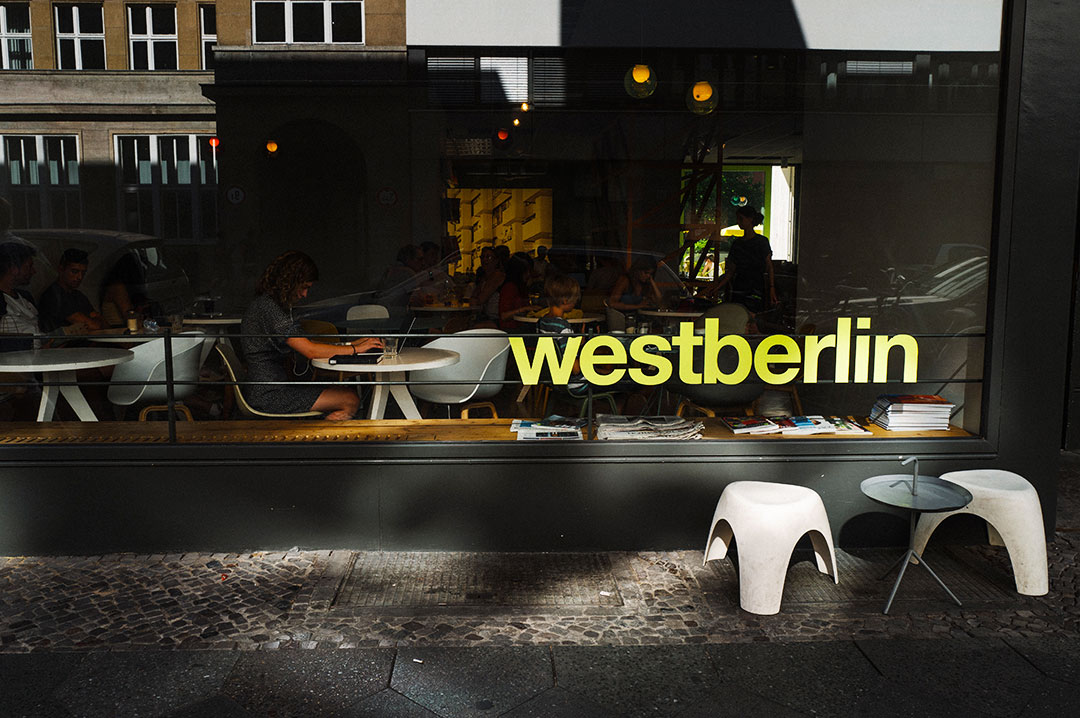
Still, no matter how popular Mustafa’s kebabs, don’t spend time queueing there unless you are specially visiting Berlin to try the most famous kebab in Europe. As an alternative, try Tadim’s kiosk (Adalbertstraße 98), where they are made with freshly baked bread. Experts on Berlin (and kebabs!) often rank Tadim higher than Mustafa, yet there are no queues there.
You can also find a great kebab at Rüyam Gemüse Kebab in Schöneberg (Hauptstraße, 133). The chicken kebab is particularly recommended.
Use foul language
Rude people are to be found everywhere, but if you think that somebody is acting like an idiot don’t rush to tell them where to go, especially accompanied by various finger gestures. Throughout Germany, and in Berlin in particular, you can be fined for delivering insults in public. So if you feel the desire to take it out on a pedestrian carelessly wandering along a cycle path you have to hold your tongue.
There are particularly tough punishments for clashing with the police (hopefully, nothing will be further from your mind). In this case, the fine for giving them the finger might reach €4,000, for simply twisting your finger against your temple you may be fined €700 or more, and even sticking your tongue out may set you back €150. Yeah, ridiculous, we know, but that’s the truth!
Berlin is a city organically combining the dramatic story of the twentieth century and modernity. Here, night clubs are found side by side with classical music, fast food joints on every corner intermingle with restaurants offering all sorts of ethnic cuisine, and art galleries with some of the world’s greatest masterpieces co-exist with the liveliest street-art scene in Europe. One final piece of advice: don’t be a snob – discover the city just the way that you want to.

